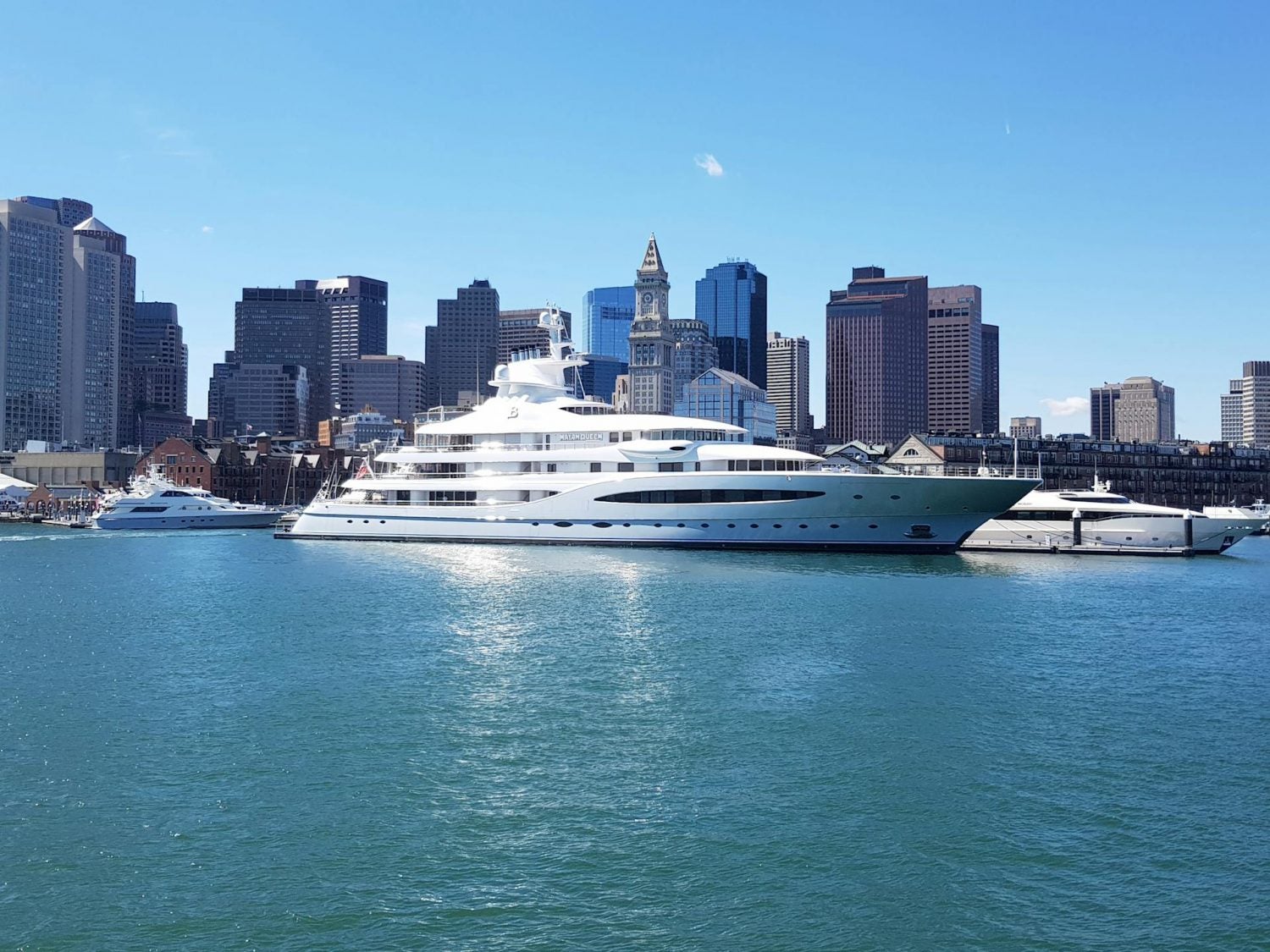Cruise vacations offer the promise of adventure, relaxation, and unfettered enjoyment as travelers navigate the open seas on majestic ships equipped with every possible amenity.
However, amidst the allure of these floating resorts lies a less often discussed reality: some cruise line companies have faced significant scrutiny over safety concerns. With incidents ranging from navigational errors to sanitary issues, these concerns have raised questions about the safety protocols and operational standards observed by certain operators within the industry.
Extensive analysis and passenger testimonials have led to the identification of several cruise line companies that stand out for their alarming safety and security records. While the majority of cruise vacations occur without incident, the lapses in safety measures with these companies have resulted in legal actions, financial compensation claims, and tarnished reputations. The impact on passengers can range from minor inconveniences to serious accidents or health risks, casting a shadow over what should be a carefree getaway experience.
It’s essential to bring attention to these areas of concern not to induce fear but to ensure potential travelers are well-informed when choosing a cruise line for their next vacation. Understanding the risks associated with certain operators helps consumers make educated decisions and encourages the industry at large to uphold the highest standards of passenger safety and comfort.
Analysis of Cruise Line Incident Reports
In scrutinizing cruise line incident reports, it is evident that patterns emerge over time, and regulatory bodies actively gauge companies’ adherence to safety norms.
Historical Data and Trends
Cruise line incident reports reveal a variety of common issues ranging from mechanical failures to lapses in onboard safety protocols. Data from the past two decades indicate that certain cruise line companies have experienced higher incident rates. This historical data allows analysts to identify which companies might need closer monitoring and improvements in their safety practices. Incidents typically investigated include:
- Equipment malfunctions
- Navigation errors
- Fire-related accidents
- Health and safety violations
Regulatory Scrutiny and Compliance
Regulatory bodies such as the International Maritime Organization (IMO) mandate strict compliance with safety and environmental standards. Cruise line companies are periodically inspected to ensure they meet these requirements. Key compliance checkpoints include:
- Emergency preparedness: Drills and crew readiness
- Environmental impact: Waste disposal and pollution controls
- Maintenance standards: Upkeep of mechanical and safety equipment
- Crew training: Qualifications and ongoing education
Incident reports can lead to increased regulatory scrutiny if a cruise line is found with recurrent non-compliance issues. Cruise line claim that safety standards must align with the findings from these inspections. Non-adherence can result in fines, operational restrictions, or in severe cases, revocation of licenses to operate. Compliance reports are an essential tool for maintaining high safety standards across the industry.
Through meticulous examination of historical incident reports and current compliance records, stakeholders can assess the effectiveness of a cruise line company’s safety measures. This analysis helps ensure that safety remains a paramount concern within the cruise line industry.
Factors Contributing to Cruise Line Incidents
Cruise line incidents can often be attributed to a combination of factors ranging from ship safety and maintenance issues to the behavior of passengers. These factors interact to impact the safety and security of everyone on board.
Ship Safety and Maintenance
Ship safety and maintenance are critical in preventing cruise ship accidents. Regular inspections and upkeep are necessary to ensure that all equipment functions correctly and to reduce the risk of malfunctions. For instance, engine failures or navigational system errors can lead to dangerous situations.
- Key Maintenance Areas:
- Hull integrity
- Life-saving equipment
- Navigation systems
- Engines and propulsion systems
Cruise line claims often hinge on rigorous maintenance routines, yet lapses in these practices can lead to severe consequences.
Crew Training and Emergency Preparedness
A well-trained crew is essential to cruise ship safety. Crew training and emergency preparedness focus on educating crew members on the correct protocols during an emergency. This includes knowledge of evacuation procedures and the ability to operate life-saving equipment.
Crew competence directly correlates with the effectiveness of emergency response measures, which cruise lines claim to prioritize.
Passenger Behavior and Safety Measures
Passenger behavior can significantly impact the safety aboard a cruise ship. Passengers must abide by safety protocols and instructions provided by the crew. Additionally, safety measures for passengers include the availability of adequate safety information and infrastructure, such as railings and secure gangways.
- Examples of Safety Measures:
- Clear safety briefings for passengers
- Visible signage
- Regular safety announcements
Cruise lines claim that they put a range of measures in place to encourage responsible behavior, but passenger cooperation is paramount.


